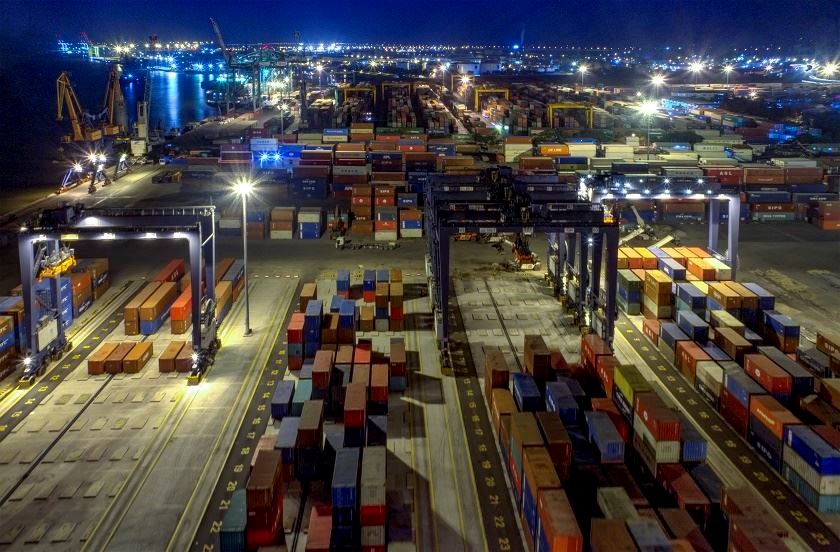
According to the White Paper Logistics of Vietnam Logistics Business Association, it is forecast that by 2030 Hai Phong will need about 460,000 logistics workers, including 368,000 trained workers. However, Hai Phong’s current logistics human resources only meet about 45% of market demand. High-quality human resources in the seaport and logistics sector are a common challenge for Haiphong and many other localities.
At the recent workshop “Announcing Skills Forecast for Vietnam’s Port Industry during the 2024-2028 period”, leading experts in the seaport field shared overview information about industry trends, challenges, and demands of labor and skills for the workforce in Vietnam seaport sector during the 2024-2028 period. Skills Forecast for Vietnam’s Port Industry in the coming time also helps Hai Phong City have longer-term plans to develop human resources and build mechanisms to encourage units and businesses to participate more in researching the city’s seaport sector.
Hai Phong City has been paying attention to training, improving, and developing high-quality local human resources, especially in supporting auxiliary industries, seaport services, and logistics. Currently, the training facilities in the city have increased cooperation and international integration in training highly skilled human resources, marine science, and technology human resources, ready for new long-term strategies for the city and the country’s marine economic development. /.








